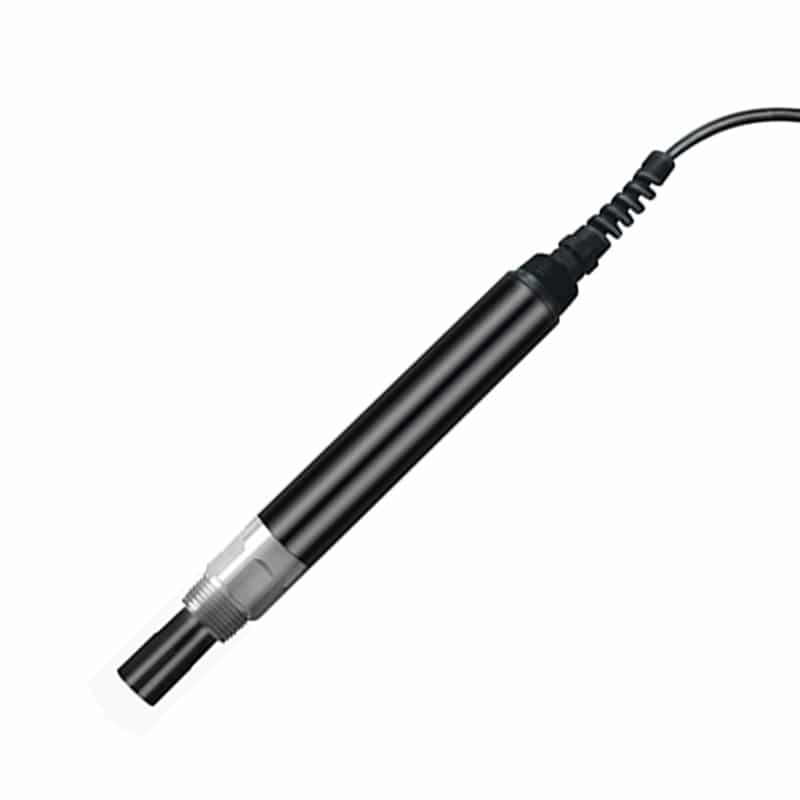Ammonia in wastewater refers to nitrogen in the form of free ammonia and ionic ammonium, mainly from the decomposition of nitrogen-containing organic matter in domestic sewage, coking, ammonia synthesis and other industrial wastewater, as well as farmland drainage. There are many sources of ammonia nitrogen pollution and large emissions, and the emission concentration changes greatly.
Nitrogen is a key nutrient in biological wastewater treatment, along with ammonia. Bacteria use it to make proteins, including enzymes needed to break down food or BOD, and to make energy.
Excessive ammonia nitrogen in water environment can cause many harmful effects:
- Due to the oxidation of NH4+-N, the concentration of dissolved oxygen in water will be reduced, resulting in black and smelly water, and water quality decline, which will affect the survival of aquatic animals and plants. Under favorable environmental conditions, the organic nitrogen contained in wastewater will be transformed into NH4+-N, which is the inorganic nitrogen form with the strongest reducing power, and will be further transformed into NO2–N and NO3–N. According to the quantitative relationship of biochemical reaction, the oxidation of 1gNH4+-N to NO2–N consumes 3.43 g oxygen, and the oxidation to NO3–N consumes 4.57g oxygen.
- Too much nitrogen content in water will lead to eutrophication of water, which will lead to a series of serious consequences. Due to the presence of nitrogen, the number of photosynthetic microorganisms (mostly algae) increases, that is, water eutrophication occurs, resulting in: blocking the filter, resulting in shorter operation cycle of the filter, thus increasing the cost of water treatment; Obstructing water sports; The end products of algal metabolism can produce compounds that cause color and taste; Livestock injuries and fish deaths due to toxins produced by blue-green algae; Due to the decay of algae, oxygen deficit phenomenon occurs in the water body.
- NO2–N and NO3–N in water have great harm to human and aquatic organisms. Long-term drinking of water with NO3–N content over 10mg/L will lead to methemoglobinosis, and when the blood methemoglobin content reaches 70mg/L, asphyxia will occur. NO2–N in water reacts with amines to form nitrosamines, which are “triotropic” substances. NH4+-N reacts with chlorine to form chloramines, which are less disinfecting than free chlorine, so in the presence of NH4+-N, the water treatment plant will require a larger dosage of chlorine, increasing treatment costs. Therefore, the removal of ammonia nitrogen from wastewater has become one of the hotspots of environmental researchers.
In activated sludge, the two main symptoms of nutrient deficiency are excess filaments and excess polysaccharides or mucilage. Nutrient deficiencies may also lead to the production of slimy foam and affect the jelly-like consistency of activated sludge, which interferes with sludge compaction (this is called mucus swelling). Excess filaments and excess polysaccharides are less of a problem in aeration stabilization basins, but are still indicators of nutrient deficiencies. In aeration stabilization tanks and activated sludge wastewater systems, nutrient deficiencies will result in poor biochemical oxygen demand (BOD) removal as bacteria are unable to divide and create more workers. This will result in linear BOD removal.
The following procedure can be used to determine the ammonia content of a sample from an aeration stabilization tank or activated sludge waste treatment system: ammonia electrode or powder pillow.
The ammonia sensor uses a hydrophobic permeable membrane to separate the sample solution from the internal solution of the ammonium chloride electrode. The dissolved ammonia is converted to ammonia water by raising the pH of the sample above 11 with a strong alkali. The ammonia then diffuses through the membrane and changes the pH of the internal solution sensed by the pH electrode. Potential measurements are performed using a pH meter with an extended millivolt scale or a specific ion meter. This method is applicable to the determination of NH 3 in water with NH 3 content from 0.03 to 1400 mg NH 3 N/L. The concentration range can be extended by appropriate sample dilution. The method is more suitable for laboratory testing because it involves instruments and electrodes.

In the field, the use of probes is not always feasible, so ammonia reagent powder pillows (ammonia salicylate and ammonia cyanurate) are used and the samples are read on a spectrophotometer. The ammonia compound reacts with salicylate in the presence of chlorine to form 5-aminosalicylate. It is then oxidized in the presence of a catalyst to form a blue compound. The blue color is masked by the yellow color from the excess reagent to give the final green solution. The intensity of the color is directly related to the amount of ammonia nitrogen present. This method is suitable for the determination of NH 3 in water containing 0 to 0.50 mg NH 3 -N/L. The concentration range can be extended by appropriate dilution of the sample.
Extended reading:
Difference between ammonia and ammonium
What is the difference between COD and BOD?
What Is Municipal Water?
Water quality sensors for water treatment
